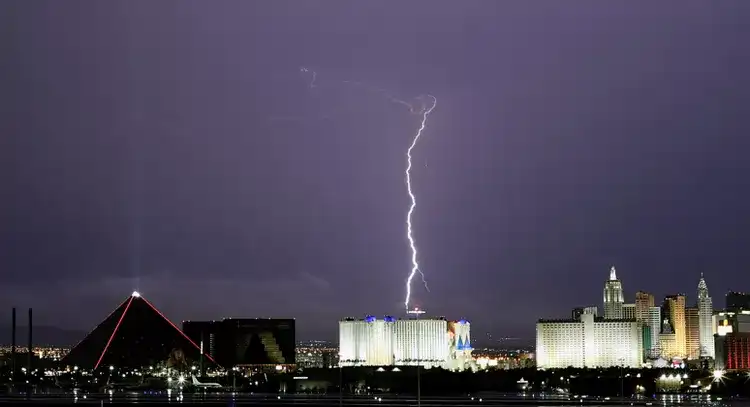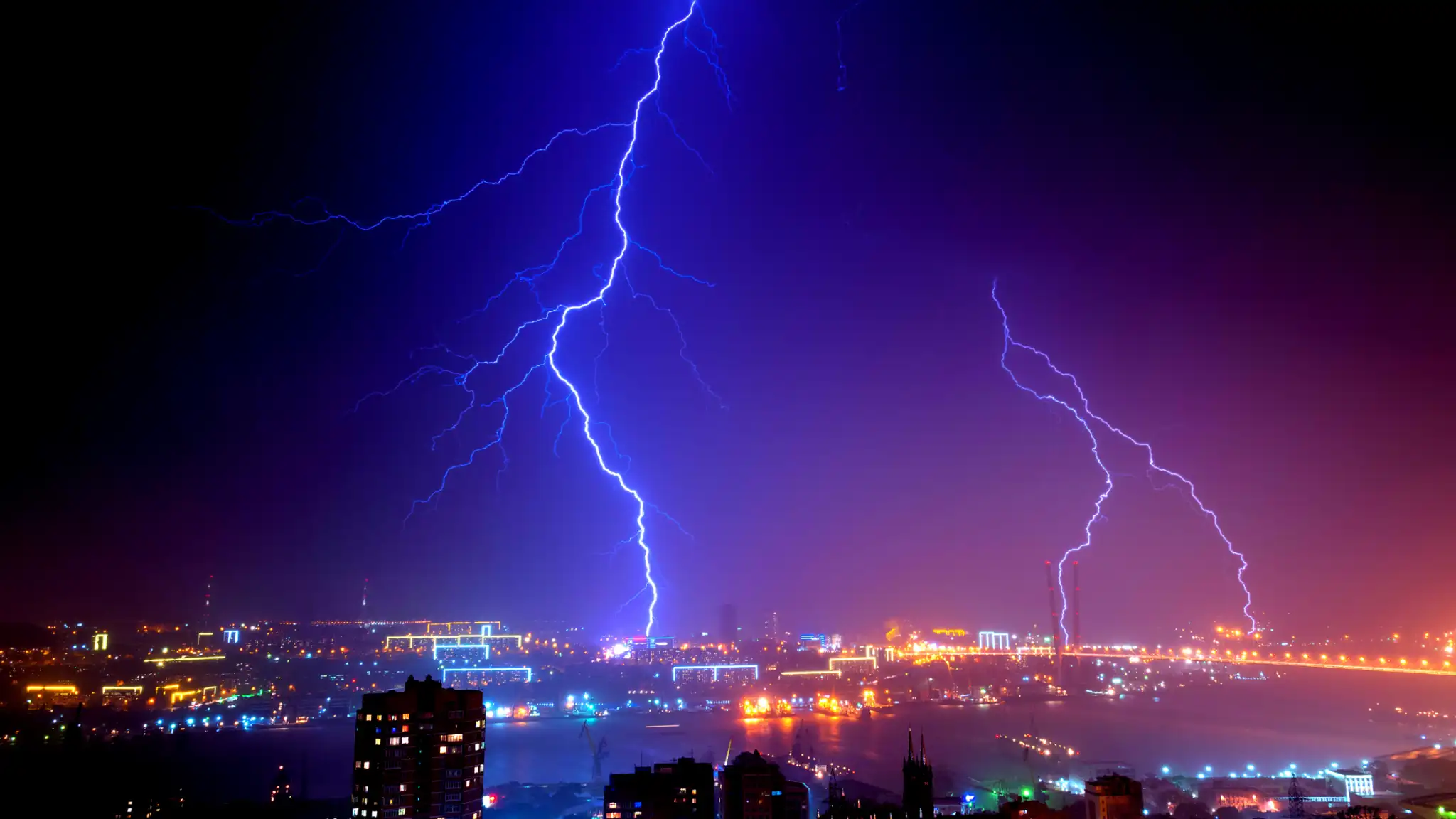Each year, tens of millions of lightning bolts crackle across the skies, unleashing immense power in a fraction of a second. Their brilliance and might are awe-inspiring but could they do more than just put on a show? Could lightning, with its astonishing energy, be harnessed to power homes, cities, or even entire nations?
The Raw Power of a Lightning Bolt
When lightning flashes, it’s not just a spectacular light show it’s the discharge of pent-up energy created by the imbalance between positive and negative charges within thunderclouds. This electric burst typically lasts just milliseconds, yet the numbers are staggering.
- One lightning bolt can reach up to a billion volts.
- Current can exceed 100,000 amps.
- The heat generated reaches 50,000°F hotter than the surface of the sun.
- It may produce as much as 10 gigawatts (GW) of electricity in a flash about one-sixth the output of all U.S. rooftop solar panels in 2021.
That’s a lot of potential energy. So why aren’t we bottling lightning and plugging it into the grid?
Can We Harvest Lightning’s Power?
Lightning discharges energy in three forms electrical, thermal, and acoustic. Over the years, engineers and inventors have experimented with each type, exploring the possibility of capturing this unpredictable natural force.
Electricity: The Elusive Prize
Attempts have been made using magnetic capacitors and high-voltage circuits to store the energy in a lightning strike. There are even patents for lightning-harnessing devices. Yet, none have reached practical use. Why? Because storing a billion volts of energy delivered in a chaotic, high-intensity burst is still beyond our capabilities.
Lightning rods, invented by Benjamin Franklin, are adept at capturing and grounding the charge but stepping it down safely to usable household voltage is a monumental challenge. Our current power grid is designed to gradually reduce voltage through substations. A single lightning bolt, though, contains far more energy than the grid was designed to handle.

Heat: A Flash of Potential
The searing heat of a lightning bolt more than four times hotter than the sun’s surface might seem like a gold mine for energy generation. And researchers are beginning to understand how to convert heat to electricity using tiny particles called paramagnons.
Still, practical applications are more likely to arise from capturing waste heat in factories than from the fleeting heat of lightning. But it’s an intriguing avenue for future innovation.
Sound: Thunder’s Roar
When air expands explosively from the heat of lightning, it creates thunder. In its immediate vicinity, thunder can register up to 120 decibels. Scientists are experimenting with ways to convert sound waves into electricity especially from persistent urban noise but thunder’s brief and unpredictable nature makes it a poor candidate for harvesting energy, at least for now.
Why It’s So Hard to Bottle Lightning
The biggest roadblock to using lightning as a power source isn’t the science it’s the logistics. Lightning is unpredictable, intermittent, and powerful to the point of being destructive. Unlike solar or wind energy, which can be anticipated and harnessed over time, lightning appears suddenly and vanishes just as quickly.
And even if we could capture it, storing such massive surges would require ultra-robust batteries and systems we haven’t yet built. Without a reliable way to store the energy and protect the storage devices, the idea remains largely theoretical.
So, Is It Possible?
In theory, yes. With the right tools and technology, lightning could supply vast amounts of electricity. Just 115 lightning strikes could theoretically power the U.S. for an entire year. And a single bolt, if fully harnessed, could power more than 3 million homes for 12 months.
But in practice, the challenges are still too great. For now, the focus remains on more dependable renewables like solar, wind, and hydroelectric energy. Lightning may be left to the dreamers, backyard inventors, and perhaps someday a new generation of scientists who finally solve the puzzle Franklin started to piece together centuries ago.
FAQs About Lightning Energy
- How much energy is in a lightning bolt?
Up to 10 gigawatts in a single strike, along with extreme heat and sound energy. - Can lightning be used to power homes?
Theoretically, yes. One bolt could power 3.4 million homes for a year if it could be safely and efficiently stored. - Why aren’t we using lightning as a power source?
Its unpredictability, extreme intensity, and the lack of reliable storage technology make it impractical with current systems.
Until the day we can safely channel and store nature’s most electrifying phenomenon, lightning remains a spectacle of raw, untapped energy crackling across the skies with a power we can admire, but not yet hold in our hands.





